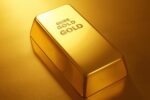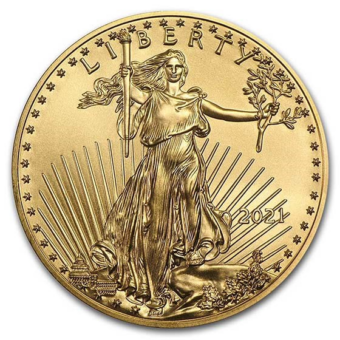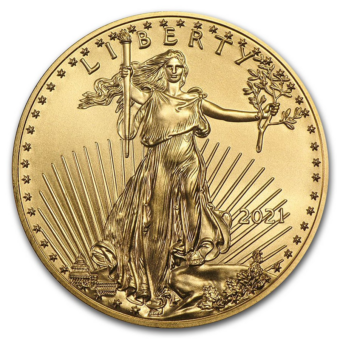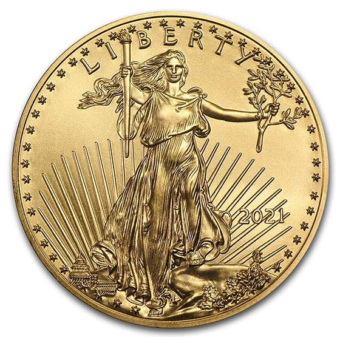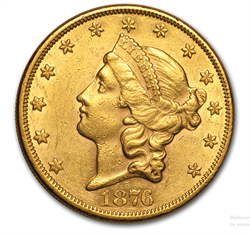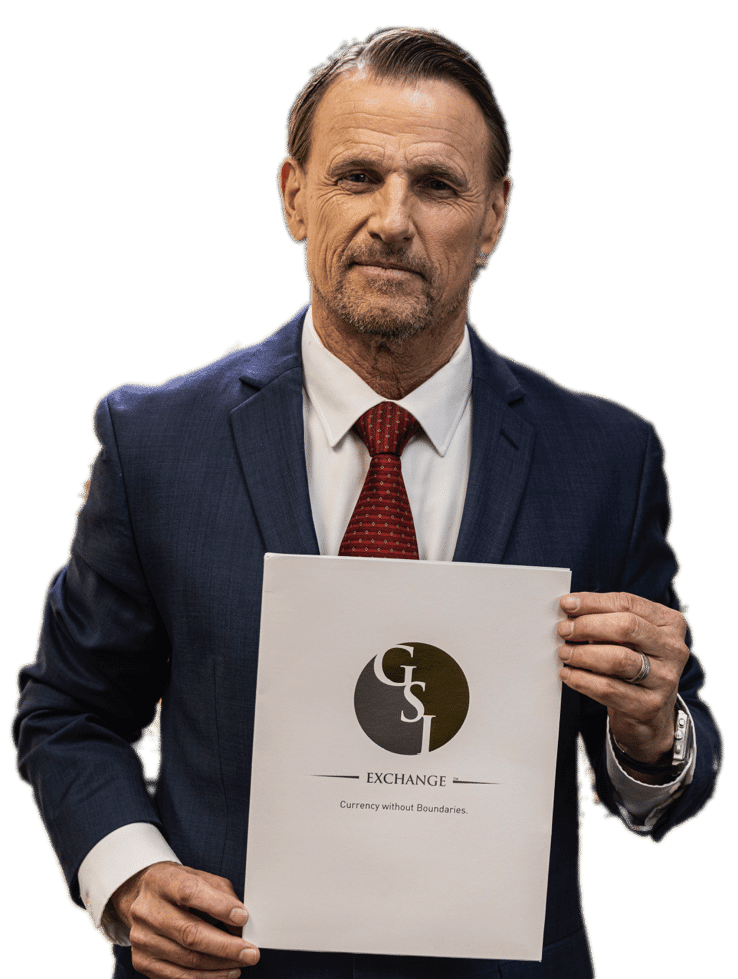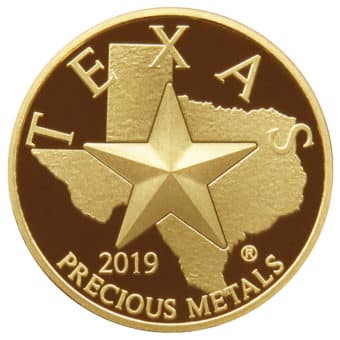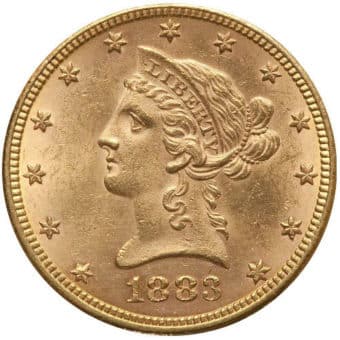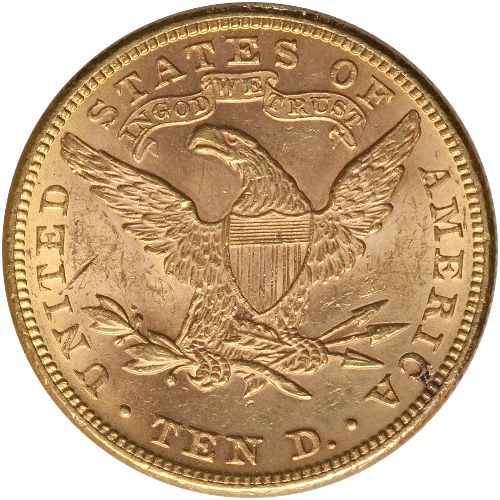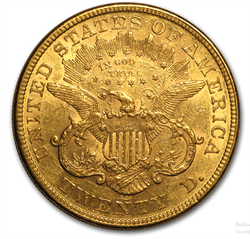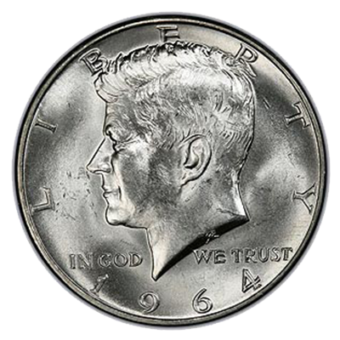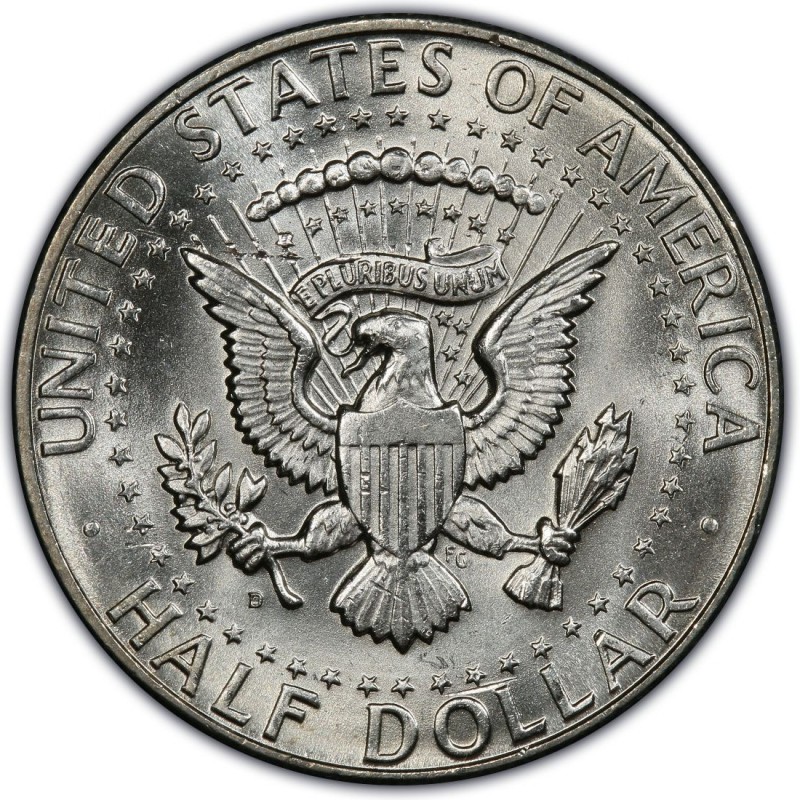A Daily Journey Through the Week's Market
Monday - 7.29.24: Gold prices rose modestly by 0.86% to approximately $2,410.50 per ounce, while silver saw a 1.18% increase, closing at $28.68 per ounce. The market was influenced by investor anticipation of upcoming U.S. economic reports and ongoing concerns over inflation, which drove demand for safe-haven assets. Additionally, geopolitical tensions contributed to a risk-off sentiment in the market, further supporting the prices of precious metals.
Tuesday - 7.30.24: Gold prices surged by 1.37% to $2,443.40 per ounce, and silver increased by 1.68%, closing at $28.83 per ounce. The Federal Reserve’s decision to keep interest rates unchanged played a significant role, as it typically supports non-yielding assets like gold and silver by weakening the dollar. The market also reacted positively to the Fed's dovish stance, which shifted focus away from immediate inflation concerns and towards potential future rate cuts. Additionally, technical buying and positive momentum contributed to the gains in both metals, with increased industrial demand expectations also benefiting silver.
Wednesday - 7.31.24: Gold prices rose by 1.33% to $2,442.40 per ounce, while silver increased by 1.66%, reaching $28.82 per ounce. This surge was primarily influenced by the Federal Reserve’s announcement to leave interest rates unchanged, which generally supports non-yielding assets like gold and silver by weakening the dollar. Additionally, positive market sentiment towards these metals was bolstered by investor concerns over economic stability and potential future rate cuts. The day's trading also saw increased demand due to ongoing inflation fears and geopolitical uncertainties
Thursday - 8.01.24: Gold prices rose significantly Thursday morning, driven by safe-haven demand amid rising Middle East tensions and a dovish stance from the Federal Reserve. December gold increased by $17.10 to $2,490.10, while September silver edged up $0.187 to $29.125. Heightened tensions followed air strikes in Iran and Lebanon, attributed to Israel, which lifted crude oil prices and bolstered gold and silver. The Federal Reserve's recent meeting left interest rates unchanged but hinted at possible rate cuts in September, boosting market confidence in precious metals.
Friday - 8.02.24: Gold and silver prices surged in early U.S. trading Friday, driven by a weak U.S. economic report that bolsters the case for dovish monetary policy, with the market now anticipating a more than 70% chance of a 50 basis-point rate cut by the Fed at the September FOMC meeting. December gold rose $34.40 to $2,514.70, hitting a two-week high, while September silver increased $0.668 to $29.155. The U.S. monthly jobs report for July showed non-farm payrolls rising by 114,000, falling short of the expected 185,000 and below June's revised gain of 179,000.
Job Growth Falls Flat: Unemployment Hits 4.3% Sparking Recession Fears
Key Points:
- July job growth: 114,000 (vs. 185,000 expected)
- Unemployment rate: 4.3% (highest since Oct 2021)
- Sector leaders: Health care (+55,000), Construction (+25,000)
- Average hourly earnings: +0.2% MoM, +3.6% YoY (below forecasts)
What's happening: The U.S. economy added just 114,000 jobs in July, falling short of expectations and pushing the unemployment rate to 4.3%, the highest since October 2021. This marks a significant slowdown from June's revised gain of 179,000.
Powell Signals Possible Rate Cut in September if Inflation Cools
Driving the news: Federal Reserve Chair Jerome Powell said Wednesday that the central bank could lower its benchmark interest rate at its next meeting in September if inflation data continues to improve.
What he’s saying: "If that test is met, a reduction in our policy rate could be on the table as soon as the next meeting in September," Powell said.
Why it matters: Recent data shows inflation nearing the Fed’s 2% target, with the personal consumption expenditures price index rising 2.5% year over year in June. Unemployment has also crept above 4%.
- "I don’t think of the labor market in its current state as a likely source of significant inflationary pressures. So I would not like to see material further cooling in the labor market," Powell added.
The big picture: The Fed held its benchmark rate steady at a range of 5.25% to 5.50%. Powell emphasized a cautious approach, noting any rate cuts would depend on comprehensive economic data and the overall outlook.
- A potential 50-basis point cut is "not something we’re thinking about right now," Powell said.
What’s next: The Federal Open Market Committee meets again on September 17-18. Powell is set to speak at the Jackson Hole Economic Policy Symposium in late August, providing further insights ahead of the next meeting.
Banks Brace for a Hard Landing
As the Federal Reserve toys with rate cuts, the U.S. economy may be barreling toward a catastrophic hard landing, and the banks are already battening down the hatches. Despite surface-level economic growth, the un-inverting yield curve—a historical harbinger of recession—screams impending doom. Gammon exposes the banks' ominous refusal to lend, driven by a stark risk-reward imbalance and massive counterparty risks. The media's optimistic narratives are mere distractions from the brutal truth: we are on the precipice of a financial apocalypse. Buckle up, because the storm is not just coming; it's already here.
Gold Steadies as Jobless Claims Surge
Gold prices: Hover near $2,500 an ounce, buoyed by rising weekly jobless claims.
By the numbers: Weekly jobless claims hit 249,000, exceeding expectations of 236,000. This marks the highest level since August 2023.
Market reaction: December gold futures rose nearly 1% to $2,495.90 per ounce following the news.
Labor market impact:
- The four-week average of jobless claims climbed to 238,000.
- Continuing claims increased to 1.877 million, reflecting more Americans struggling to find new employment.
Precious Metals Surge Amid Unchanged U.S. Monetary Policy and Geopolitical Tensions
On July 31, 2024, gold and silver prices saw significant increases following the Federal Reserve's decision to maintain current interest rates. Gold rose by $32 to $2,442.40 per ounce, and silver increased by $0.47 to $28.82 per ounce. The Fed's statement indicated moderated economic growth with persistent inflation, leading to expectations of future rate cuts, which typically benefit non-yielding assets like precious metals. Additionally, safe-haven buying was driven by geopolitical tensions after an Israeli airstrike killed a Hamas leader, heightening fears of broader conflict. Market dynamics were further influenced by a lower U.S. dollar index, rising crude oil prices, and Japan's unexpected interest rate hike
Powell: Rate Cut Possible in September, Fed Stays Apolitical
What's happening: Fed Chair Jerome Powell signaled a potential rate cut as soon as September after the FOMC kept rates unchanged.
Why it matters: Powell emphasized the Fed's commitment to data-dependency, aiming to balance a strong labor market with inflation control.
The big picture:
- Powell insisted the Fed would not adjust policies for presidential candidates Trump or Harris.
- The Fed's decisions remain based solely on economic data, maintaining its apolitical stance.
What they're saying: "We never use our tools to support or oppose a political party, a politician, or any political outcome," Powell stated.
What's next: Any rate cut decision will depend on the totality of economic data, with the possibility open for September.
BRICS Now Accounts for Over 36% of Global GDP in 2024
By the numbers:
- BRICS GDP: 36% of global GDP
- World trade: 22% of global trade
- Population: 3.5 billion (almost half of the world)
Driving the news: The BRICS economic alliance's GDP now accounts for over 36% of the world's total, marking a significant economic shift. This rise is partly due to the recent inclusion of new members, notably Saudi Arabia and the UAE, at the start of 2024.
Why it matters: The expansion of BRICS is reshaping the global economic landscape, challenging the dominance of the US dollar. Many central banks are increasing their gold holdings to diversify away from the dollar, further strengthening BRICS' economic influence.
What they're saying: Maksim Reshetnikov, Russia's Minister of Economic Development, highlighted that BRICS now represents a substantial portion of global GDP and trade. "With new members, BRICS accounts for more than 36% of world GDP and 22% of world trade," Reshetnikov said during the 2024 BRICS Chairmanship in Russia.
The big picture: China and India, both BRICS members, are among the top five global GDP countries, with Russia also in the top ten. Projections suggest that by the 2030s, China's GDP will surpass that of the United States, potentially propelling BRICS towards a 40% share of global GDP.
Looking ahead: The BRICS alliance is developing its own currency, which could boost adoption and further shift global economic power. The continued induction of new members might significantly alter global GDP rankings by 2030.
Next Week’s Key Events
Monday, Aug. 5
- 9:45 am: S&P Final U.S. Services PMI (July)
- 10:00 am: ISM Services (July)
Tuesday, Aug. 6
- None scheduled
Wednesday, Aug. 7
- 3:00 pm: Consumer Credit (June)
Thursday, Aug. 8
- 8:30 am: Initial Jobless Claims (Aug. 3)
- 3:00 pm: Richmond Fed President Tom Barkin speaks
Friday, Aug. 9
- None scheduled
IMPACT ON PRECIOUS METALS MARKETS
Initial Jobless Claims
Fewer jobless claims indicate a healthier job market, potentially leading to higher interest rates. This can be negative for gold and silver prices.
S&P Final U.S. Services PMI & ISM Services
These reports measure the health of the services sector, a significant component of the U.S. economy. Strong results may suggest economic growth, potentially reducing demand for safe-haven assets like gold and silver. Conversely, weak results may increase demand for these metals as investors seek safety.
Consumer Credit
This report indicates consumer borrowing levels. A rise in consumer credit might suggest economic confidence and spending, possibly leading to a stronger dollar and lower gold and silver prices. A decrease could indicate economic caution, boosting demand for precious metals.
Richmond Fed President Tom Barkin Speaks
Speeches by Federal Reserve officials can influence market expectations about monetary policy. Hawkish comments (favoring higher interest rates) may strengthen the dollar and lower gold and silver prices. Dovish comments (favoring lower interest rates) can weaken the dollar, potentially boosting demand for these metals.



